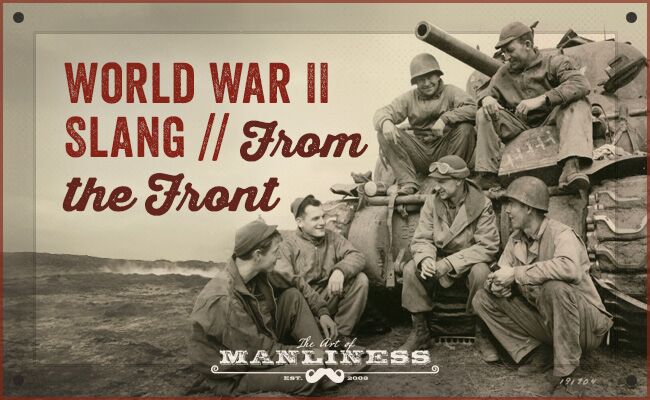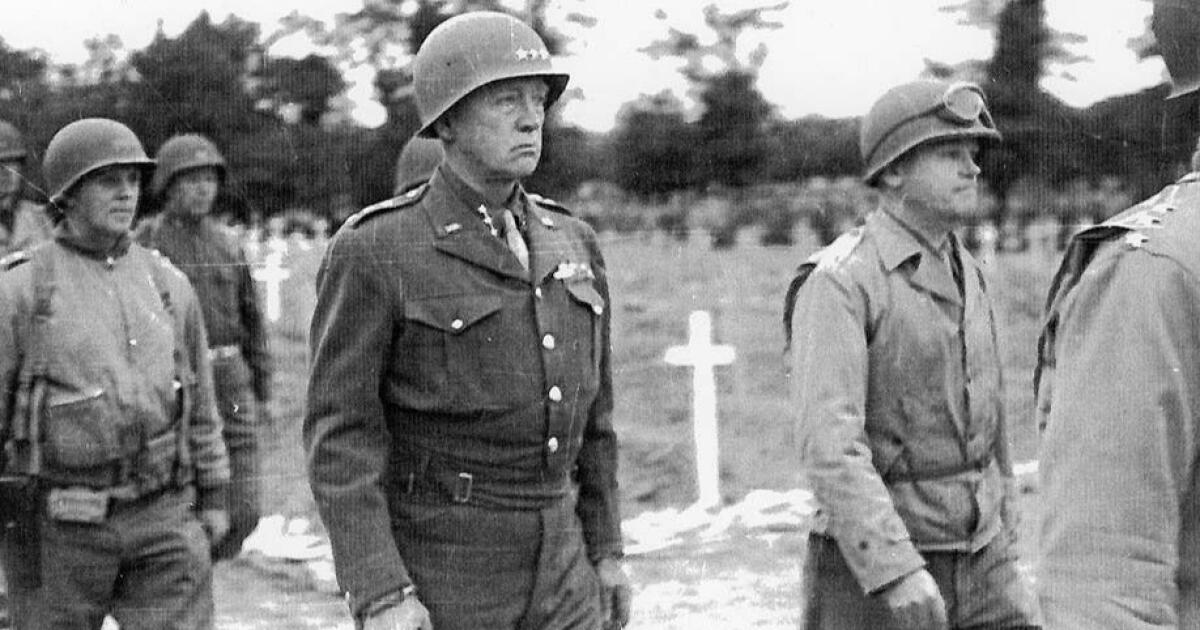Christos military and intelligence corner: WWII Myths - T-34 Best Tank of the war (chris-intel-corner.blogspot.com)
Reliability problems
The T-34 was supposed to be a simple and rugged vehicle that seldom broke down. Authors like to compare it to the more complex German tanks that supposedly broke down often. The concept of the T-34 as a reliable tank is another myth of WWII.
The majority of vehicles in 1941 were lost due to equipment malfunction. The same reliability problems continued during the period 1942-44. The evacuation and relocation of industrial facilities combined with the loss of skilled workers could only lead to the fall of reliability.
In 1941 T-34 tanks often had to carry a spare transmission strapped on the back to counter equipment failures (
10). In 1942 the situation worsened since many vehicles could only cover small distances before breaking down. In the summer of 1942 the following Stalin order was issued to units (
11):
‘Our armored forces and their units frequently suffer greater losses through mechanical breakdowns than they do in battle. For example, at Stalingrad Front in six days twelve of our tank brigades lost 326 out of their 400 tanks. Of those about 260 owed to mechanical problems. Many of the tanks were abandoned on the battlefield. Similar instances can be observed on other fronts. Since such a high incidence of mechanical defects is implausible, the Supreme Headquarters sees in it covert sabotage and wrecking by certain elements in the tank crews who try to exploit small mechanical troubles to avoid battle.’
Henceforth, every tank leaving the battlefield for alleged mechanical reasons was to be gone over by technicians, and if sabotage was suspected, the crews were to be put into tank punishment companies or "degraded to the infantry" and put into infantry punishment companies.'
The constant complaints from the front forced the authorities to investigate the problems with T-34 production. In September 1942 a conference was held at the Ural tank factory by the Commissariat of tank industry (
12). The conference was headed by Major General Kotin, People’s commissar of the tank industry of the USSR and chief designer of heavy tank ‘Kliment Voroshilov’. In his speech he said:
''Now ... there are a lot of complains about the T-34. You all know the reasons for flaws in the tanks. The first reason –inadequate visibility from the tank; the second reason, and this is the weak link that always accompanies our vehicle in the Army – final drive. And third, the main issue that we have today – insufficient strength of the idler wheel's crank. These issues are the major defects of the T-34 today. Having considered these issues from engineering and technological points of view I would like to discuss another issue, the one that directly resulted solely from our production deficiencies. They are: negligence during production of combat vehicles in the factories, carelessness of assembly and quality control of vehicles. As a result during combat employment our tanks sometimes cannot reach the front lines, or after getting to the territory occupied by the enemy for conducting combat operations, sometimes they are forced to remain on enemy's territory because of some little things... We have to make sure that as a result of this conference all shortcoming will be uncovered and following this conference all corrections in the tank will be implemented in the shortest possible time...
Recently comrade Morozov and I visited comrade Stalin. Comrade Stalin drew our attention to the fact that enemy tanks cover a lot of ground freely, and our machines although are better, but have a disadvantage: after 50 or 80 kilometers march they require repair. What are we talking about? It is because of control gear; also, as comrade Stalin said, because of drive gear, and he compared it with the Pz.III, which is in service with the German army, and which is inferior in armor protection, and in other features, and in crew's layout, and does not have such a fine engine, which the T-34 got, moreover its engine is gasoline, not diesel. But the question аrises – why its drive gear is developed better?
Comrade Stalin gave directives to engineers, to the People's Commissar comrade Zaltsman, to factory's CEOs and ordered them to fix all defects in the shortest time. A special order of the State Defense Committee has been issued on the subject as well as directives of the People's Commissariat of the Tank Industry. Despite all these resolutions have been made by Government and orders of the People's Commissar of the Tank Industry, despite repeated instructions from army units and from Main Directorate of the Armored Forces, which is in charge of combat vehicles operation, nevertheless all of these defects on vehicles are going on... We have to reveal all these flaws, and suggestions have to be made on at this conference how to modify machine component better and faster in order to make the T-34 tank, which is recognized in the army as a good tank, even better fighting machine.''
The situation continued to be problematic even in 1943-44.
There were constant problems with the gearbox and the engine filters. The Aberdeen evaluators noted:
‘On the T-34 the transmission is also very poor. When it was being operated, the cogs completely fell to pieces (on all the cogwheels). A chemical analysis of the cogs on the cogwheels showed that their thermal treatment is very poor and does not in any way meet American standards for such mechanisms.’
‘
The deficiency of our diesels is the criminally poor air cleaners on the T-34. The Americans consider that only a saboteur could have constructed such a device’
The same problems were identified in a T-34/85 built in 1945. The US study ‘Engineering analysis of the Russian T34/85 tank’ noted (
13):
‘
Wholly inadequate engine intake air cleaners could be expected to allow early engine failure due to dust intake and the resulting abrasive wear. Several hundred miles in very dusty operation would probably be accompanied by severe engine power loss.’
The same study says in page 451 about the transmission:
‘
The transmission had by American standards already failed, although with extreme care it could have been used further. Teeth ends on all gears were battered as the result of clash shifting. Many pieces of gear teeth had been broken off and were in the transmission oil. The failure is due to inadequate design, since excellent steel was used through the transmission.’
The mental image of the T-34 travelling hundreds of kilometers without stopping is fantasy.
A German unit that used the T-34/76 model ’43 in combat noted (
14):
‘
Regardless of our limited experience, it can be stated that the Russian tanks are not suitable for long road marches and high speeds. It has turned out that the highest speed that can be achieved is 10 to 12 km/hr. It is also necessary on marches to halt every half hour for at least 15 to 20 minutes to let the machine cool down. Difficulties and breakdowns of the steering clutches have occurred with all the new Beute-Panzer. In difficult terrain, on the march, and during the attack, in which the Panzer must be frequently steered and turned, within a short time the steering clutches overheat and are coated with oil. The result is that the clutches don't grip and the Panzer is no longer manoeuvrable. After they have cooled, the clutches must be rinsed with a lot of fuel.’
Soviet tests on newly built T-34’s (
15) showed that in April 1943 only 10.1% could complete a 330km trial and in June ’43 this went down to 7.7%. The percentage stayed below 50% till October 1943 when it rose to 78%, in the next month it dropped to 57% and in the period December ’43 - February ’44 the average was 82%.
Preliminary inspection of tanks built at the Ural tank factory No 183 (largest producer of the T-34) showed that in 1942 only 7% were free of defects, in 1943 14% and in 1944 29.4%. In 1943 the main problem was damage to the gear teeth (
16)
The V-2 engine had serious reliability problems (
17). Depending on the source in 1941 it supposedly lasted for 100 hours on average (
18). This figure went down in 1942 since some T-34’s could not travel more then 30-35 km.
The T-34 tested at the Aberdeen centre was built at the best factory using materials of superior quality but its engine stopped working after 72.5 hours. This was not due to American interference as there was a Soviet mechanic (engineer Matveev) charged with maintaining it. Still it was much better than the standard tanks since it covered a distance of 343km. According to the head of the Armored Directorate of the Red Army N.Fedorenko, the average mileage of the T-34 to overhaul during the war, did not exceed 200 kilometers. This was considered adequate since the T-34’s service life at the front was considerably less. For example in 1942 only 66km. In that sense the T-34 was indeed ‘reliable’ because it was destroyed before it had a chance to break down on its own!
Still there are examples of T-34’s breaking down during assaults even late in the war (
19). For instance the 5th Guards Tank army in 1943 lost as much as 31.5% of its tanks during its march to Prokhorovka. In August ’43 the 1st Tank army lost 50% of its tanks due to malfunction. As late as the second half of 1944 tank units tried to replace engines with more than 30 hours of operation before a major attack.
All WWII tanks had a hard time when travelling and they needed repairs and maintenance or they broke down.




